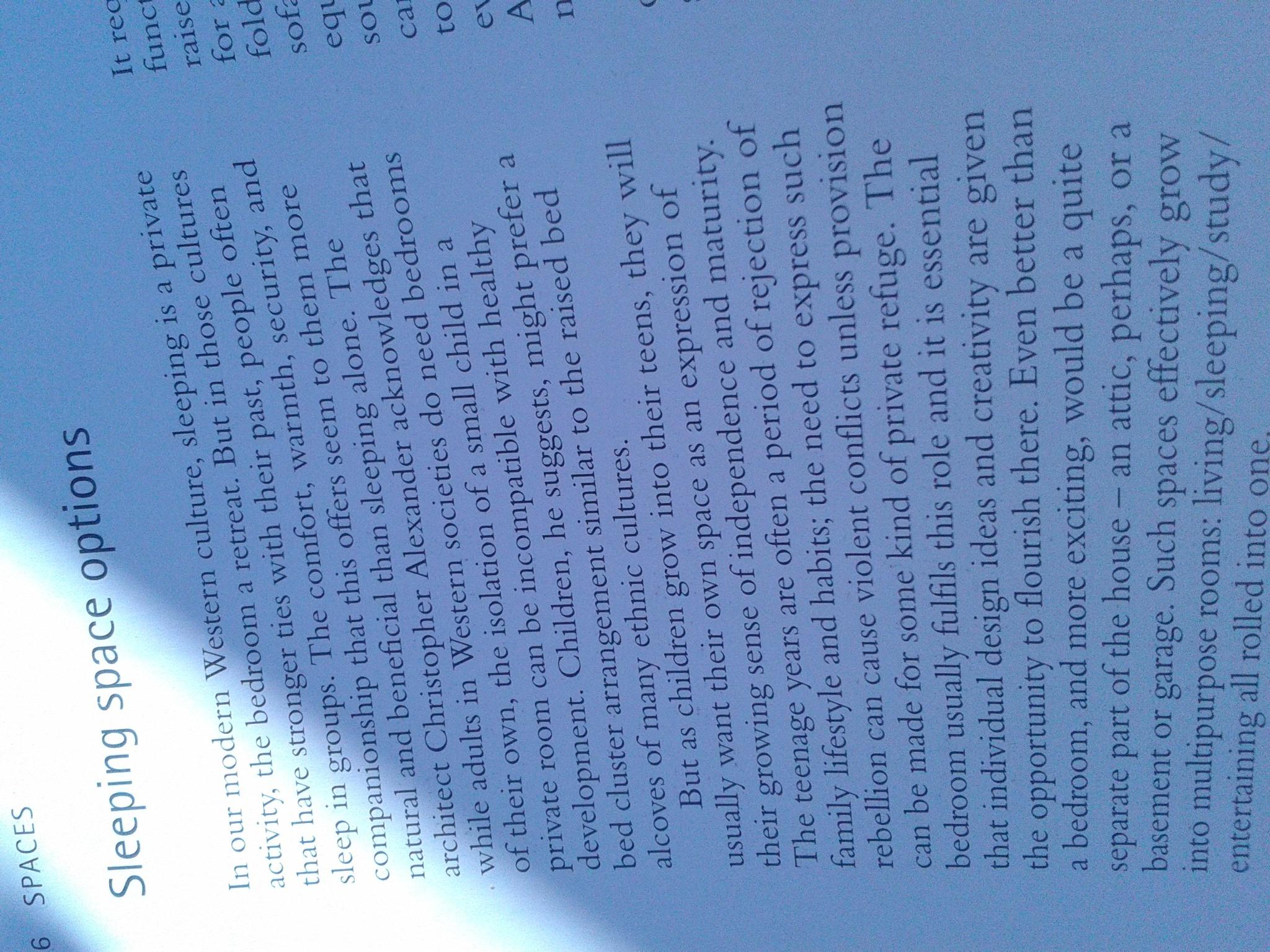Last time we were in India, we experienced the vibrant colours of Rajasthan contrasted with the international branding colours at Ambience Mall, Gurgaon. With India so closely and frequently bombarded with ‘foreign’ colours one begins to wonder, do kids there at a young age have been made to believe that ‘blue’ is for boys and ‘pink’ is for girls?! How about we explore a very simple, Indian approach to colours? It is time to take clues from nature, from Indian psyche, from Indian diversity and from ancient sciences and combine all of them with modern research and environmental health data.
Take sleeping spaces as an example where the quality of light in an enclosed space defines its character. Light controls our circadian rhythms the same balance which our bodies take time to achieve when we travel by air. The Purkinje Effect confirms ‘reds, oranges and yellows’ become colourless and ‘darker greens and blues’become clearer at twilight. It is clear only shorter wavelengths of light become colourless as if by magic.
Colours inspire emotion. They also structure our behavior. We perceive the reality around us because of colour. All that we experience from cosmic to atomic, is because of the colour energy where ‘light’ plays a very important role. As Dr. Sternberg rightly says 'BUILDINGS THAT ENHANCE THE HEALTH OF ITS INHABITANTS is not only a prerequisite for survival but already the first step in the right direction.'
Take sleeping spaces as an example where the quality of light in an enclosed space defines its character. Light controls our circadian rhythms the same balance which our bodies take time to achieve when we travel by air. The Purkinje Effect confirms ‘reds, oranges and yellows’ become colourless and ‘darker greens and blues’become clearer at twilight. It is clear only shorter wavelengths of light become colourless as if by magic.
Colours inspire emotion. They also structure our behavior. We perceive the reality around us because of colour. All that we experience from cosmic to atomic, is because of the colour energy where ‘light’ plays a very important role. As Dr. Sternberg rightly says 'BUILDINGS THAT ENHANCE THE HEALTH OF ITS INHABITANTS is not only a prerequisite for survival but already the first step in the right direction.'

No comments:
Post a Comment